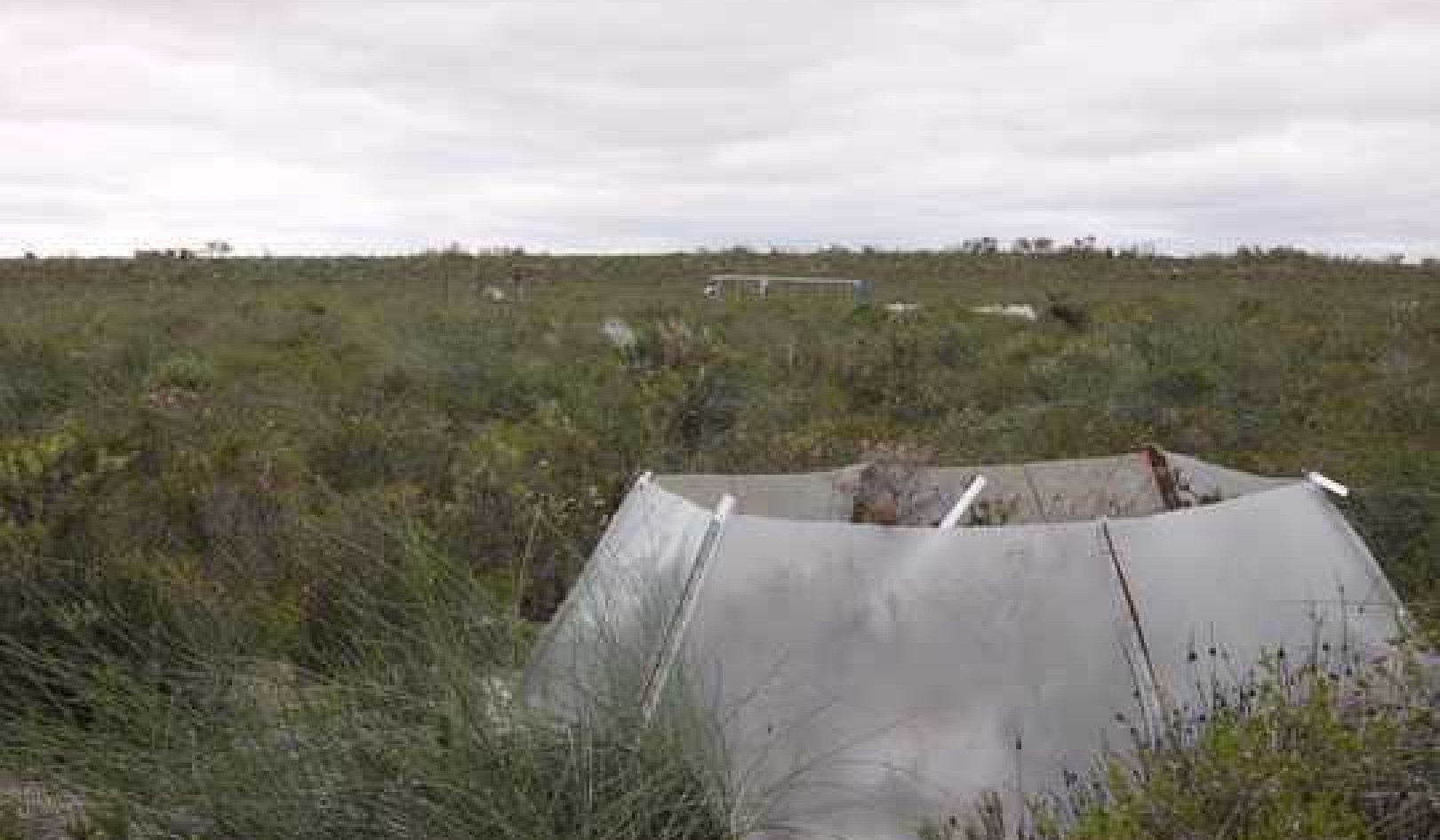
If New Zealand stopped farming cows and sheep, it would remove methane emissions. Heath Johnson/Shutterstock
I would like to know how much difference we could make to our commitment under the Paris Agreement and our total greenhouse gas emissions if we removed all cows and sheep from the country and grew plants in their place (hemp, wheat, oats etc). Surely we could easily become carbon neutral if we removed all livestock? How much more oxygen would be produced from plants growing instead? How would this offset our emissions? And what if we returned the land the animals were on to native forests or even pine plantations?
This is an interesting question and gives me the opportunity for some nice – albeit partly unrealistic – model calculations. Before I start, just two comments regarding the question itself.
Oxygen concentrations have been relatively stable at around 21% of the air we breathe for millions of years. This will not change markedly even if carbon dioxide emissions increase for years to come. Carbon dioxide concentrations, even in the most pessimistic emissions scenarios, will only get to around 0.1% of the atmosphere, hardly affecting the air’s oxygen content.
Secondly, grazing animals like cows and sheep emit methane — and that’s what harms the climate, not the grassland itself. Hemp or wheat plantations would have a similar capacity to take up carbon dioxide as grassland. But growing trees is what makes the difference.
Here’s a back-of-the-envelope calculation to work out how New Zealand’s carbon balance would change if all livestock were removed and all agricultural land converted to forest.
Converting pasture to trees
This would remove all methane emissions from grazing animals (about 40 megatonnes of carbon dioxide equivalent per year).
New Zealand has about 10 million hectares of grassland. Let us assume that mature native bush or mature pine forests store the equivalent of roughly 1,000 tonnes of carbon dioxide per hectare.
If it takes 250 years to grow mature native forests on all former agricultural land, this would lock away 10 billion tonnes of carbon dioxide within that time span, offsetting our carbon dioxide emissions (energy, waste and other smaller sources) during the 250 years of regrowth. Because pine forest grows faster, we would overcompensate for our emissions until the forest matures (allow 50 years for this), creating a net carbon sink.
Note these calculations are based on extremely crude assumptions, such as linear growth, absence of fire and other disturbances, constant emissions (our population will increase, and so will emissions), ignorance of soil processes, and many more.
If agricultural land was used to grow crops, we would save the 40 megatonnes of carbon dioxide equivalent emitted by livestock in the form of methane, but we would not store a substantial amount of carbon per hectare.
Steps towards a carbon-neutral New Zealand
How should we interpret this rough estimate? First, we must acknowledge even with our best intentions, we still need to eat, and converting all agricultural land to forest would leave us importing food from overseas — certainly not great for the global carbon budget.
Second, it shows if livestock numbers were at least reduced, and we all turned to a more plant-based diet, we could reduce our emissions substantially. The effect would be similar to reforesting large parts of the country.
Third, this example also shows that eventually, be it after 250 years in the case of growing native forests, or after about 50 years in the case of pine forests, our net carbon emissions would be positive again. As the forests mature, carbon stores are gradually replenished and our emissions would no longer be compensated. Mature forests eventually become carbon neutral.
Even though the above calculations are coarse, this shows that a realistic (and quick) way to a carbon-neutral New Zealand will likely involve three steps: reduction of emissions (both in the agricultural and energy sectors), reforestation (both native bush and fast growing exotics), and a move to a more plant-based diet.![]()
About The Author
Sebastian Leuzinger, Professor, Auckland University of Technology
This article is republished from The Conversation under a Creative Commons license. Read the original article.
Related Books
Drawdown: The Most Comprehensive Plan Ever Proposed to Reverse Global Warming
by Paul Hawken and Tom Steyer In the face of widespread fear and apathy, an international coalition of researchers, professionals, and scientists have come together to offer a set of realistic and bold solutions to climate change. One hundred techniques and practices are described here—some are well known; some you may have never heard of. They range from clean energy to educating girls in lower-income countries to land use practices that pull carbon out of the air. The solutions exist, are economically viable, and communities throughout the world are currently enacting them with skill and determination. Available On Amazon
In the face of widespread fear and apathy, an international coalition of researchers, professionals, and scientists have come together to offer a set of realistic and bold solutions to climate change. One hundred techniques and practices are described here—some are well known; some you may have never heard of. They range from clean energy to educating girls in lower-income countries to land use practices that pull carbon out of the air. The solutions exist, are economically viable, and communities throughout the world are currently enacting them with skill and determination. Available On Amazon
Designing Climate Solutions: A Policy Guide for Low-Carbon Energy
by Hal Harvey, Robbie Orvis, Jeffrey Rissman With the effects of climate change already upon us, the need to cut global greenhouse gas emissions is nothing less than urgent. It’s a daunting challenge, but the technologies and strategies to meet it exist today. A small set of energy policies, designed and implemented well, can put us on the path to a low carbon future. Energy systems are large and complex, so energy policy must be focused and cost-effective. One-size-fits-all approaches simply won’t get the job done. Policymakers need a clear, comprehensive resource that outlines the energy policies that will have the biggest impact on our climate future, and describes how to design these policies well. Available On Amazon
With the effects of climate change already upon us, the need to cut global greenhouse gas emissions is nothing less than urgent. It’s a daunting challenge, but the technologies and strategies to meet it exist today. A small set of energy policies, designed and implemented well, can put us on the path to a low carbon future. Energy systems are large and complex, so energy policy must be focused and cost-effective. One-size-fits-all approaches simply won’t get the job done. Policymakers need a clear, comprehensive resource that outlines the energy policies that will have the biggest impact on our climate future, and describes how to design these policies well. Available On Amazon
This Changes Everything: Capitalism vs. The Climate
by Naomi Klein In This Changes Everything Naomi Klein argues that climate change isn’t just another issue to be neatly filed between taxes and health care. It’s an alarm that calls us to fix an economic system that is already failing us in many ways. Klein meticulously builds the case for how massively reducing our greenhouse emissions is our best chance to simultaneously reduce gaping inequalities, re-imagine our broken democracies, and rebuild our gutted local economies. She exposes the ideological desperation of the climate-change deniers, the messianic delusions of the would-be geoengineers, and the tragic defeatism of too many mainstream green initiatives. And she demonstrates precisely why the market has not—and cannot—fix the climate crisis but will instead make things worse, with ever more extreme and ecologically damaging extraction methods, accompanied by rampant disaster capitalism. Available On Amazon
In This Changes Everything Naomi Klein argues that climate change isn’t just another issue to be neatly filed between taxes and health care. It’s an alarm that calls us to fix an economic system that is already failing us in many ways. Klein meticulously builds the case for how massively reducing our greenhouse emissions is our best chance to simultaneously reduce gaping inequalities, re-imagine our broken democracies, and rebuild our gutted local economies. She exposes the ideological desperation of the climate-change deniers, the messianic delusions of the would-be geoengineers, and the tragic defeatism of too many mainstream green initiatives. And she demonstrates precisely why the market has not—and cannot—fix the climate crisis but will instead make things worse, with ever more extreme and ecologically damaging extraction methods, accompanied by rampant disaster capitalism. Available On Amazon
From The Publisher:
Purchases on Amazon go to defray the cost of bringing you InnerSelf.comelf.com, MightyNatural.com, and ClimateImpactNews.com at no cost and without advertisers that track your browsing habits. Even if you click on a link but don't buy these selected products, anything else you buy in that same visit on Amazon pays us a small commission. There is no additional cost to you, so please contribute to the effort. You can also use this link to use to Amazon at any time so you can help support our efforts.

























